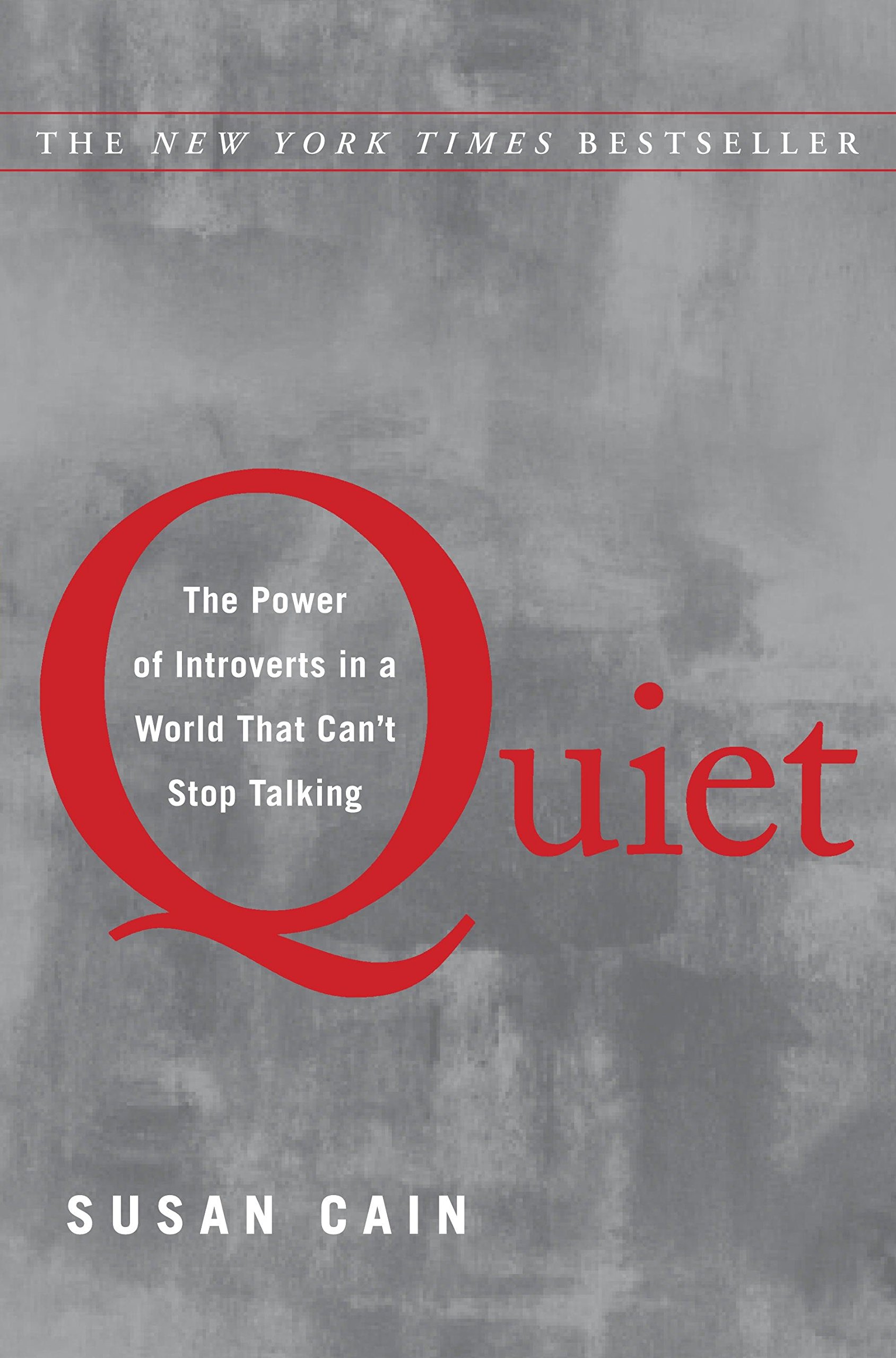Our Blog

When Massage Quits You: The Intangible
Being a massage therapist is a rough gig. The public is remarkably unaware of this fact, but every MT reading this blog just nodded their head. Among the challenges are things like concentrating for 60-90 minutes without a break, understanding what people aren’t saying (they don’t say a lot) and an estimated 259 loads of laundry a week.
Despite the challenges, massage therapists are a dedicated group. Massage therapy is a profession that comes to define you, or at least props up one corner of your identity.
But what happens when you can’t massage anymore? This is the first of a two-part description on the decline of my ability to perform massage.
The Intangible starts with several of my personality traits and how they interact with my disease. I self describe as a highly-sensitive, introverted HAM radio with bipolar disorder.

Introverts have gotten a lot of play in the media in the last ten years, thanks to Susan Cain’s book Quiet. Introverts don’t like group work, like to have time to think and process, feel tired after social interaction and are re-energized by lone activities like reading.
The idea of a “highly-sensitive person” was developed by Elaine Aron. HSPs are 15-20% of the population, and are characterized by depth of processing, overstimulation, emotional reactivity, and sensing the subtle. (You can check out Elaine’s website hsperson.com for more details.) The short version is that HSPs absorb and process internal and external stimuli quicker and stronger than the average person. This is cool, because we tend to be creative, empathic and feel our feelings deeply. This is uncool, because it doesn’t take a lot to overstimulate us. About 70% of HSPs are also introverts.
HAM radios operate independently of the Internet and cell phone towers. You can use them to communicate with people all over the world (and potentially in space) or in your hometown. HAM radios both transmit and receive a wide variety of signals including text, images, and audio.
Bipolar disorder is a mental disease that causes alternating depressive and manic states (sometimes at the same time, which is called a mixed episode). There are several types -- my type involves hypo-mania, which does not make me want to spend oodles of money or perform dangerous stunts, but can make me obsess over ideas/projects, not sleep, prevents me from noticing non-verbal signals and gives me very loud, very persistent earworms. I get fewer depressive phases now, and it is normal for the symptoms of the disease to fluctuate over time.
Bipolar disorder is more related to epilepsy than it is to depression, and uses similar pharmaceutical treatments. Like epilepsy, bipolar disorder is very sensitive to changes in light, and is also highly reactive to changes in sleep. Bipolar disorder is a different experience for everyone dealing with it. I generally don’t know my mood until I wake up in the morning, but I’m getting better at anticipating episodes. For example, I can count on a manic episode around both equinoxes (because of the rapid rate of light change) and daylight savings time (because its a stupid practice).
What does any of this have to do with massage?
One of the things that is carefully not discussed in massage therapy is the therapy part of the job. Psychotherapy is so outside of our scope of practice it is laughable and a 500 hour program is barely enough to teach basic massage skills, let alone basic psychology. Despite this deliberate omission, clients use massage therapy as psychotherapy all the time. Most of the time they don’t do it on purpose -- they may not even realize that’s what they’re doing. But touching people has a way of bringing out their emotions, and most hidden emotions aren’t fun ones.
The theory of co-regulation says that we all use other people to manage our emotional states. Co-regulation is a two-way street where people continuously react to each other and regulate accordingly. Co-regulation can be lopsided, with one person doing more regulating and the other doing more receiving. I don’t know of any research, but I would bet large gobs of money that touch has a huge role in facilitating this exchange.
Remember, as a HAM radio, I both receive and transmit. As an introverted HSP I pick up and process information quickly and deeply. As a person with Bipolar disorder, I struggle to regulate my own moods. If I was able to develop solid emotional boundaries (as taught in all massage programs), I would have managed it sometime in the last fifteen years of my career.
What does this look like in real time?
It means I have to cancel massages if I wake up with a bad brain. It means clients who are difficult become impossible to work with, and just thinking about working with them can cause the anxiety attack that makes me cancel my day. It means performing three massages (my physical maximum) can destroy the next workday due to the recovery time required. It also means I’m a damn good massage therapist.
In the end, it means I have a shelf-life and it's almost up.
You can hear more from Corey and others about leaving (or not leaving) massage therapy on the Interdisciplinary podcast.
Connect With Us:

Contact Us:
4201 Wilson Blvd. #110-341
Arlington, VA 22203
2024 Healwell | All Rights Reserved
created with Bold Lucidity
